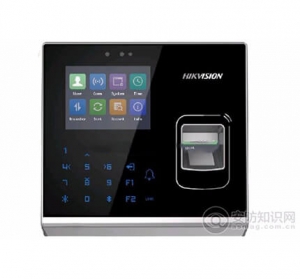Access Control System in Chennai | Agalya Fire Safety Equipments

Access Control System in Chennai
We are super excellent company in Chennai in the field of Access Control System. For any questions Call 98845 67355.
Access management may be a security technique that regulates United Nations agency or what will read or use resources in an exceedingly computing atmosphere. It is an elementary conception in security that minimizes risk to the business or organization.
There area unit 2 kinds of access control physical and logical. Physical access management limits access to campuses, buildings, rooms and physical IT assets. Logical access management limits connections to pc networks, system files and knowledge.
To secure a facility, organizations use electronic access management systems that admit user credentials, access card readers, auditing and reports to trace worker access to restricted business locations and proprietary areas, like information centers. A number of these systems incorporate access management panels to limit entry to rooms and buildings likewise as alarms and imprisonment capabilities to forestall unauthorized access or operations.
Access management systems perform identification authentication and authorization of users and entities by evaluating needed login credentials which will embrace passwords, personal identification numbers (PINs), biometric scans, security tokens or alternative authentication factors. Multifactor authentication, which needs 2 or a lot of authentication factors, is usually a crucial a part of stratified defense to guard access management systems.
These security controls work by distinctive a private or entity, confirming that the person or application is UN agency or what it claims to be, and authorizing the access level and set of actions related to the username or IP address. Directory services and protocols, as well as the native Directory Access Protocol (LDAP) and the Security Assertion nomenclature (SAML), offer access controls for authenticating and authorizing users and entities and facultative them to attach to pc resources, like distributed applications and net servers.
Organizations use completely different access management models reckoning on their compliance necessities and the security levels of data technology they are attempting to shield.
What Type of Access control we do have:
Mandatory access control (MAC): A security model in which access rights are regulated by a central authority based on multiple levels of security. Often used in government and military environments, classifications are assigned to system resources and the operating system or security kernel, grants or denies access to those resource objects based on the information security clearance of the user or device. For example, Security Enhanced Linux is an implementation of MAC on the Linux operating system.
Discretionary access control (DAC): An access control method in which owners or administrators of the protected system, data or resource set the policies defining who or what is authorized to access the resource. Many of these systems enable administrators to limit the propagation of access rights. A common criticism of DAC systems is a lack of centralized control.
Role-based access control (RBAC): A widely used access control mechanism that restricts access to computer resources based on individuals or groups with defined business functions — executive level, engineer level 1 — rather than the identities of individual users. The role-based security model relies on a complex structure of role assignments, role authorizations and role permissions developed using role engineering to regulate employee access to systems. RBAC systems can be used to enforce MAC and DAC frameworks.
